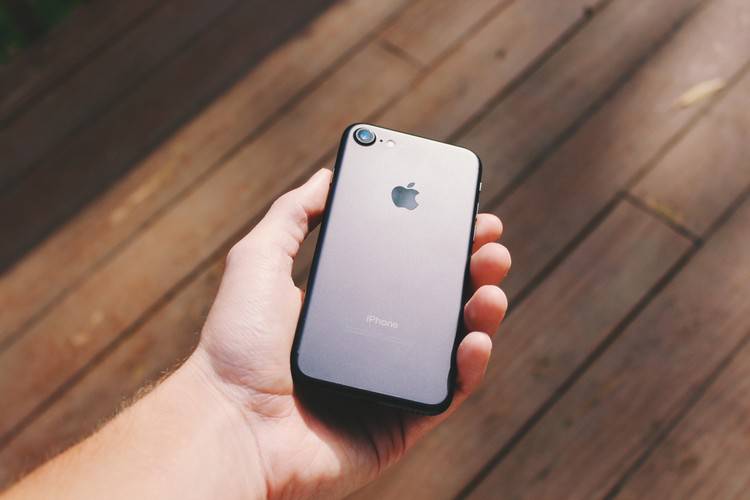Discover the fascinating journey of the Faro Laser, a revolutionary technology that has reshaped the world of precision measurements. From its humble beginnings to its astounding accuracy, this article unveils the history and capabilities of the Faro arm. Developed as a portable coordinate measuring machine (CMM), the Faro arm has revolutionized industries such as aerospace, automotive, and manufacturing, offering an unprecedented level of accuracy and efficiency. But just how long is a Faro arm? How accurate are the Faro lasers? These questions will be answered as we delve into the intricate world of this cutting-edge technology. Furthermore, we will explore the diverse applications of the Faro laser scanner, shedding light on its uses in quality control, reverse engineering, and dimensional analysis. So, join us on this captivating journey as we uncover the power and precision of the Faro laser.
What is the history of Faro arm?
The history of the Faro arm dates back to the early 1980s when it was first introduced as a portable coordinate measuring machine (CMM). Developed by Faro Technologies, this groundbreaking device aimed to revolutionize the field of metrology by providing a portable and accurate measurement solution. The initial versions of the Faro arm were large and heavy, restricting their accessibility and portability. However, advancements in technology led to the development of more compact and lightweight models, making them suitable for use in various industries. Over the years, the Faro arm has evolved with the integration of laser scanning capabilities, enhancing its versatility and precision. Today, it stands as a testament to the continuous innovation and commitment of Faro Technologies to provide cutting-edge measurement solutions that revolutionize industries around the world.

How long is a Faro arm?
The length of a Faro arm can vary depending on the specific model and configuration. The Faro arm is available in different sizes and reaches, allowing users to choose the most suitable option for their application. The range of Faro arm lengths typically starts from around 4 feet (1.2 meters) and can extend up to 12 feet (3.7 meters) or more in certain models. The length of the arm is a crucial factor as it determines the scope and reach of the measurements that can be performed. With longer arms, users can access and measure objects located further away or in larger workspaces. It is important to consider the specific requirements of the intended application when selecting the appropriate length of a Faro arm to ensure optimal performance and accuracy.
How accurate is the FARO laser?
The FARO laser is renowned for its exceptional accuracy, making it a trusted tool for precision measurement tasks. The accuracy of the FARO laser depends on various factors, including the specific model of the laser system and the measurement range used. Generally, FARO laser systems offer accuracy within the range of a few micrometers (µm) or even sub-micrometer levels. To achieve such remarkable accuracy, FARO lasers employ advanced technologies, such as interferometry and laser trackers, to ensure precise and reliable measurements. These lasers are designed to minimize errors and provide highly accurate results, making them suitable for applications that demand strict adherence to precise measurements. Whether used in quality control, dimensional analysis, or reverse engineering, the FARO laser's accuracy contributes to improved efficiency, reduced waste, and enhanced overall product quality.
How accurate is the Faro arm?
The Faro arm is renowned for its exceptional accuracy and repeatability, making it an indispensable tool in various industries. The accuracy of the Faro arm depends on several factors, including the specific model, the length of the arm, and the measurement range used. Generally, Faro arms offer accuracy within the range of a few micrometers (µm) or even sub-micrometer levels. This high level of accuracy is achieved through advanced technologies such as precision bearings, optical encoders, and digital signal processing. The Faro arm's accuracy, combined with its portability and ease of use, allows users to perform precise measurements in diverse environments and applications. Whether used for inspecting components, conducting reverse engineering tasks, or ensuring dimensional accuracy, the Faro arm's accuracy empowers industries to achieve higher levels of quality control and precision.
What is a FARO laser scanner used for?
A FARO laser scanner is a powerful tool used for capturing three-dimensional (3D) data of objects or environments. This advanced technology utilizes laser beams and sensors to rapidly and accurately measure the geometry and dimensions of objects, generating detailed point clouds that represent the scanned surfaces. The FARO laser scanner finds applications in a wide range of industries, including architecture, construction, engineering, and forensics. In architectural and construction fields, it enables the creation of precise as-built documentation, assisting in building information modeling (BIM) and renovation projects. In engineering and manufacturing, it aids in quality control, aligning manufactured parts with the original design. Additionally, FARO laser scanners are utilized in forensic investigations, helping to document crime scenes and accidents accurately. With its versatility and accuracy, the FARO laser scanner has become an invaluable tool for capturing precise 3D measurements and facilitating efficient workflows in various professional fields.
Further Inquiries about faro laser
The Faro laser scanner is designed to handle a wide range of surface types effectively. Whether measuring reflective surfaces, dark-colored materials, or complex geometries, the scanner utilizes advanced algorithms and settings to optimize data capture. For reflective surfaces, such as metallic objects, the scanner adjusts its laser intensity to prevent overexposure and maintain accurate measurements. Similarly, for darker surfaces, the scanner uses enhanced sensitivity to capture data with clarity. Complex geometries with crevices or intricate details are effortlessly captured by the scanner's ability to perform high-density scanning and capture millions of data points. With its adaptability to diverse surface types, the Faro laser scanner ensures comprehensive and accurate data collection in various applications.
Using a Faro laser offers numerous advantages over traditional measurement methods. Firstly, the Faro laser enables non-contact measurements, eliminating the need for physical contact with the object being measured. This feature is particularly useful when measuring fragile or sensitive materials, as it minimizes the risk of damage. Secondly, the Faro laser scanner provides rapid data capture, significantly reducing measurement time compared to manual methods. This efficiency saves valuable time, allowing for increased productivity and faster decision-making. Lastly, the Faro laser scanner offers high accuracy and precision, ensuring reliable measurements even in complex or hard-to-reach areas. Its versatility, speed, and accuracy make it a powerful tool for a wide range of applications.
Yes, the Faro laser scanner is ideal for reverse engineering tasks. With its ability to capture highly detailed 3D point clouds, the scanner provides a comprehensive digital representation of the object or component being scanned. These point clouds can then be used as a basis for creating accurate CAD models or reproducing the scanned object. The scanner's high accuracy and precision ensure that the captured measurements can be relied upon for reverse engineering processes, allowing manufacturers to recreate or modify existing components with confidence. The Faro laser scanner's ability to quickly capture and digitize complex geometries makes it an invaluable tool in reverse engineering, enabling efficient and accurate replication or modification of objects.
In conclusion, the Faro laser has emerged as a game-changer in the field of precision measurements. Its rich history, dating back to the 1980s, reflects the continuous innovation and dedication of Faro Technologies in providing cutting-edge measurement solutions. With varying arm lengths, the Faro arm offers versatility in reaching and measuring objects. Both the FARO laser and Faro arm showcase exceptional accuracy, enabling precise measurements within micrometer levels. Moreover, the FARO laser scanner has found diverse applications, from quality control and reverse engineering to architectural documentation and forensic investigations. The Faro laser's ability to handle different surface types and its advantages over traditional methods further highlight its significance in various industries. With its remarkable accuracy, speed, and efficiency, the Faro laser has undoubtedly revolutionized the world of measurement, empowering professionals to achieve unparalleled levels of precision and productivity.



